Make your own Battery Tender/Charger
-
Similar Content
-
- 5 replies
- 397 views
-
- 4 replies
- 1,276 views
-
- 1 reply
- 873 views
-
2006 honda cbr600 f4i selling at absolute auction after almost 14 years of owning it
By marlboro man,
- 9 replies
- 2,809 views
-
- 5,191 replies
- 551,532 views
-

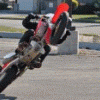
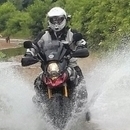
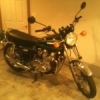
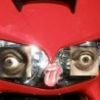
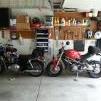
Recommended Posts
Join the conversation
You can post now and register later. If you have an account, sign in now to post with your account.